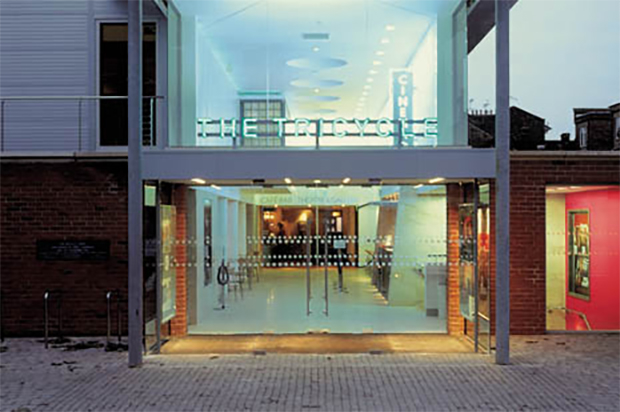How seven London theatres got their names
Ever wondered how the Donmar got its name? We did some digging
To horrendously misquote the great Bard; what's in a name? That which we call a theatre, by any other name would smell as sweet.
Our lunchtime conversation in WOS HQ today somehow got onto the origins of London's theatre names, so we did a bit of digging and here's what we found out:
Donmar Warehouse

© Johan Persson
The Donmar Warehouse takes its name from its founder, theatre producer Donald Albery and his wife's middle name, Margaret. Donald's son converted the venue – which had previously been a hops warehouse and banana-ripening depot – into a rehearsal venue. The building first became a full-time performance space when the RSC acquired the venue in 1977.
Tricycle Theatre

The venue on Kilburn High Road opened in 1980 as the permanent home of the Wakefield Tricycle Company.
A touring theatre company who had previously been based in a room behind the Pindar of Wakefield pub in King's Cross, their name was a pun on the Wakefield Cycle of mystery plays, the pub's name and the fact that the initial company had three members.
Menier Chocolate Factory

© Ewan Munro (Flickr)
It might not surprise you that this venue is housed in a former chocolate factory. As part of their overseas expansion, French chocolatiers Menier Chocolate Company built a five-storey factory and warehouse on Southwark Street between 1865 and 1874. The company operated there until the 1980s after which the listed building stood derelict until the theatre was launched by David Babani and Danielle Tarento in 2004.
The Orange Tree Theatre

© Andy Roberts (Flickr)
Pretty straight forward this one – in 1971 the first Orange Tree Theatre, then known as the Richmond Fringe was housed in a small room above The Orange Tree pub. When they outgrew the space they moved across the road to their current venue in a converted Victorian gothic primary school.
Sadler's Wells

(© Derek Kendall)
The first incarnation of Richard Sadler's "Musick House" in 1683 was only the second public theatre opened in London after the Restoration – the first was the Theatre Royal, Drury Lane.
The Wells part of the venue's name comes from the rediscovery of monastic springs on Mr Sadler's property. At the time, Sadler claimed that the water in the well had medicinal properties that cured, amongst other things, "distempers to which females are liable – ulcers, fits of the mother and virgin's fever".
The Old Vic

© Andy Roberts (Flickr)
On its opening in 1818, the Old Vic was originally named the Royal Coburg Theatre after patrons Princess Charlotte and Prince Leopold of Saxe-Coburg.
Fifteen years later, in 1833, it was renamed the Royal Victoria Theatre for the future queen, 14-year-old Princess Victoria. When Emma Cons – auntie of Lilian Baylis – took over in 1880 she formally named the building The Royal Victoria Hall and Coffee Tavern but by this time it was already known as the Old Vic.
The Young Vic

© givingnot@rocketmail.com (Flickr)
In 1946, following World War II, director George Devine formed the Young Vic Company, an offshoot of the Old Vic Theatre School, charged with performing classic plays for younger audiences. The company disbanded two years later when the entire team resigned from the Old Vic.
Then in 1969 Frank Dunlop became founder-director of The Young Vic theatre, which at the time was part of the National Theatre, until it became an independent venue in 1974.












